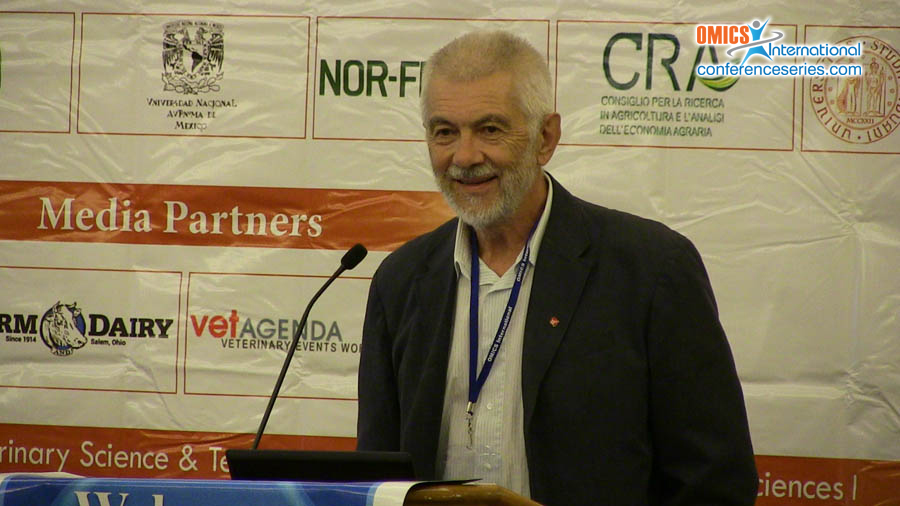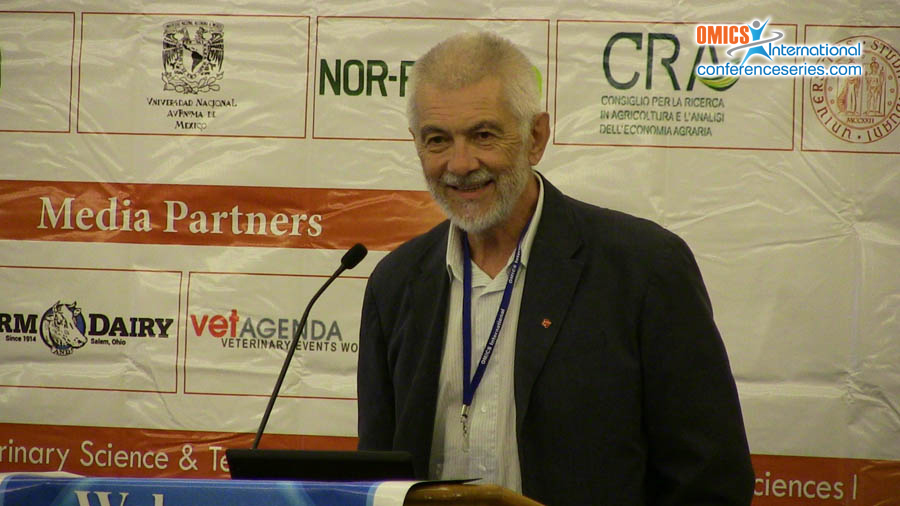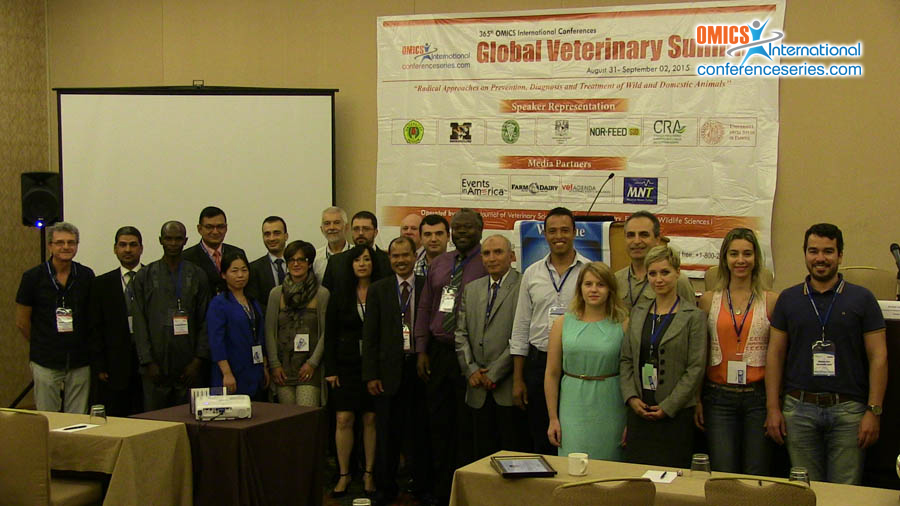
Arnost Cepica
University of Prince Edward Island
Canada
Title: Development of MALDI-TOF spectrometric assessment of total IgG, as phenotypic marker of disease resistance in Aleutian disease of mink
Biography
Biography: Arnost Cepica
Abstract
Hyper-gammaglobulinemia and ensuing decreased albumin (A): IgG ratio are hallmarks of persistent viral infections Aleutian disease of mink (AD, parvoviridae) and African swine fever (ASF, asfarviridae). Outcomes in individual hosts depend on the genetics of the host (breeds) in addition to the virus strain involved. We developed a high throughput, quantitative, reproducible and inexpensive application of MALDI-TOF mass spectrometric determination of total IgG in unfractionated blood serum and plasma through determination of the A: IgG ratio. The ratio was chosen rather than simple IgG quantification because of its individualized significance in assessment of hyper-IgG and because of its technical reproducibility. The lack of correlation between A: IgG ratios and AD virus specific Ab determined by quantitative ELISA (r=0.385; p=0.008) suggested strong autoimmune component induced by the virus in diseased animals. Since both diseased and healthy infected animals had similar rates of PCR detection of the virus in their blood, we propose that autoimmunity is the pathogenetic feature that is under the genetic control in AD. Animals with normal A/γG=/>8 were bred and compared to animals with A/γG=/<8 (hyper-IgG) raised in the same facilities. A significant increase in the birth rates and a decrease in the progeny mortality occurred after the first year of the selection and after the second selection season the productivity returned to the levels comparable to the periods before AD outbreaks. We postulate that this approach might be useful for production of ASF disease resistant swine.






